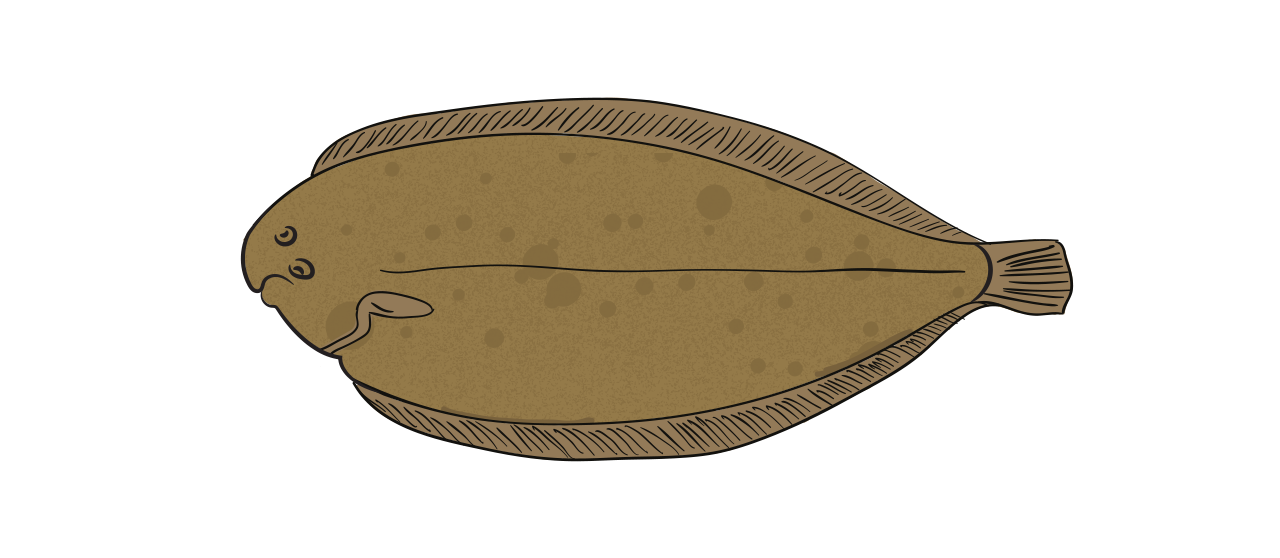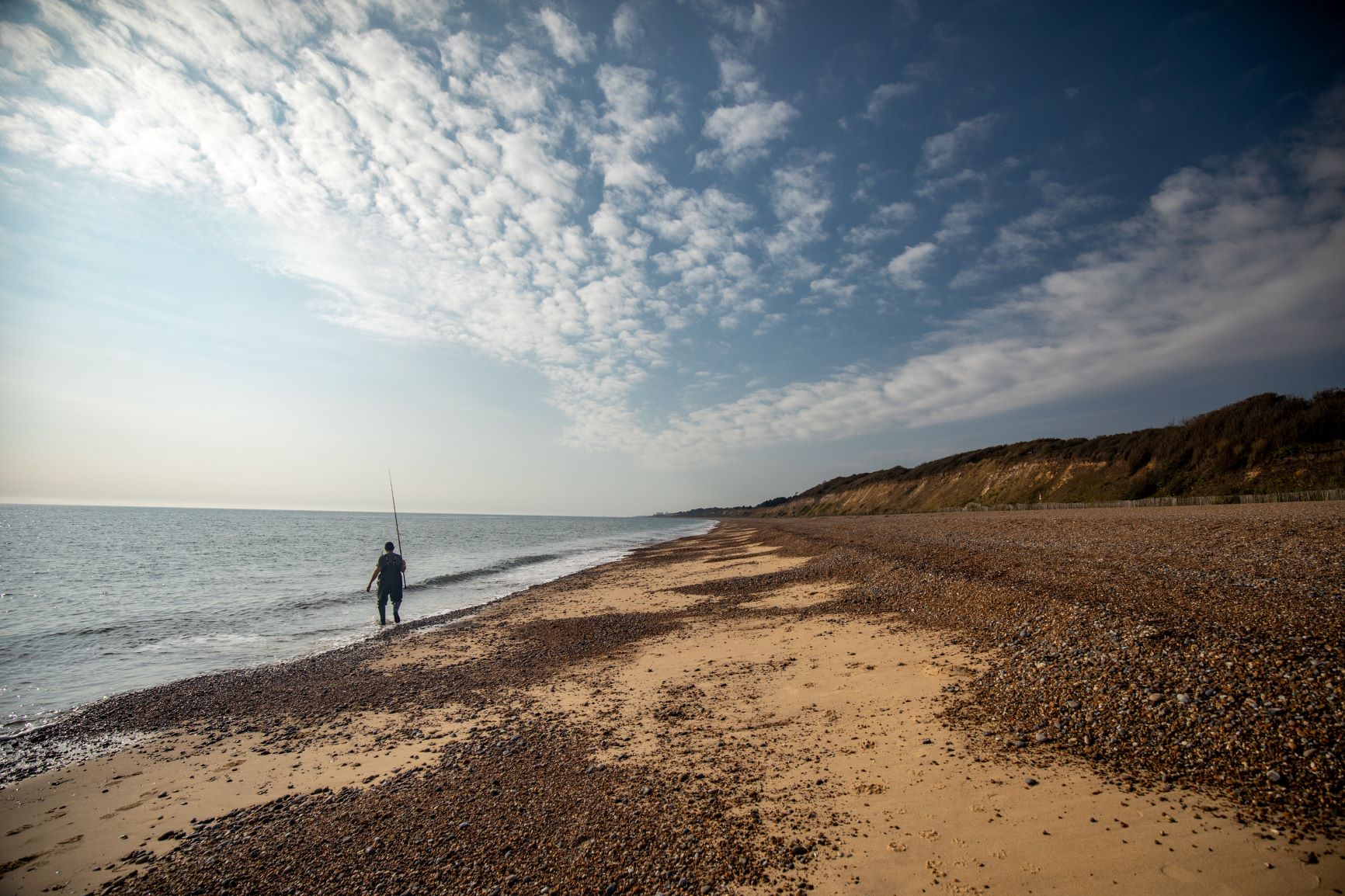Sand Sole| Fish Species Guide | Angling Direct

Sand Sole
aka Pegusa lascaris
A close relative to the Dover Sole, the Sand Sole is a right-sided flatfish that is paler in colour and has continuous fins around its body. Mostly found on the Southern coasts of England, Wales and Ireland as well as parts of Southern Europe extending to the Mediterranean Sea, sand sole enjoy sandy or muddy seabed It also has a tiny tail and has rosette shapes nostrils on its underside.
When at a larval stage, these species have eyes on both sides of their body (like other fish) but as they grow into adults, they become like other flatfish and their eyeballs move to the same side of their body!
Stats
Status
Habitat
Found in shallow waters around 30m deep, over sandy or muddy seabeds.
Bait
Prawns, worms & chunks of dead fish.
Native or Invasive
Native
Where
Southern coasts of England, Wales and Ireland as well as parts of southern Europe extending to the Mediterranean Sea.
 Catch Experience
Catch Experience
Video
Blog Highlight
Guide to Beach Fishing; Seasons & Tides
Fishing the UK waters from beach or boat is very different to coarse and carp fishing, the environment itself provides several challenges. When sea fishing it is important to consider seasons and tides, the time of year and position of the tide will...
Read More